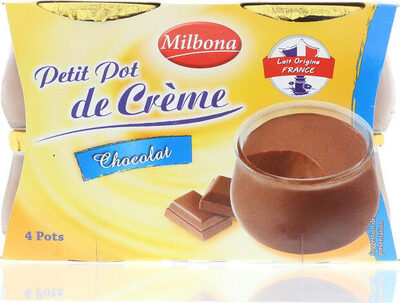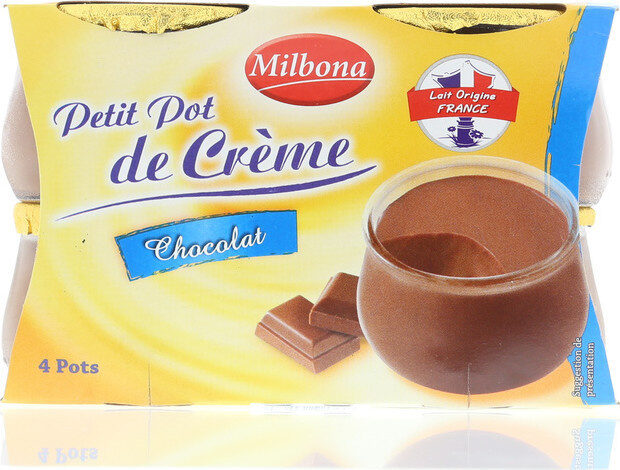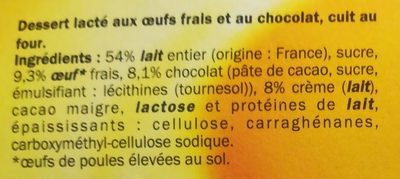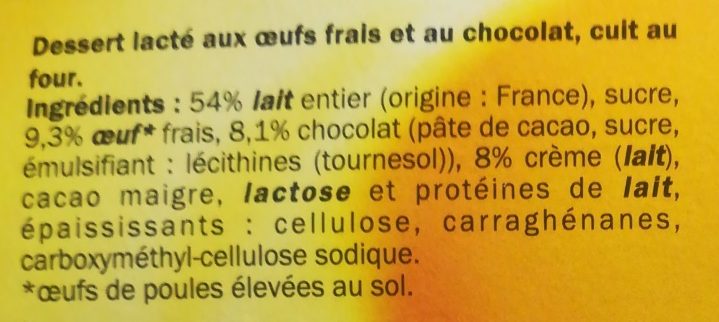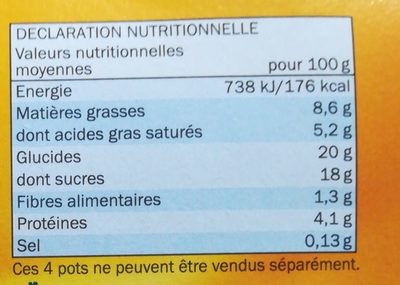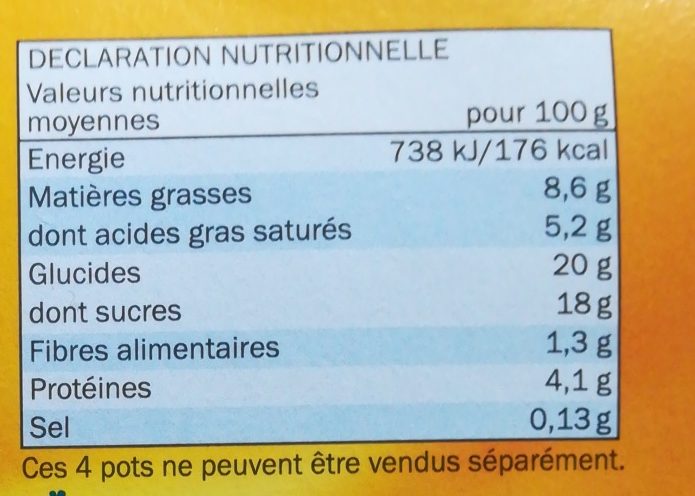Petit pot de crème chocolat - Kingfrais - 4 * 100 g
Ambiguous barcode: This product has a Restricted Circulation Number barcode for products within a company. This means that different producers and stores can use the same barcode for different products.
×
This product page is not complete. You can help to complete it by editing it and adding more data from the photos we have, or by taking more photos using the app for Android or iPhone/iPad. Thank you!
×
Barcode: 20066161
Common name: Petits Pots De Crème Au Chocolat, Cuites Au Four, Pack De 4 De 100 Grammes, Marque King Frais
Quantity: 4 * 100 g
Packaging: Metal, Cardboard, Glass, Recyclable Metals, Aluminium
Categories: Dairies, Desserts, Dairy desserts, Chocolate desserts, Custard puddings, Chocolate custard puddings
Labels, certifications, awards:
Sustainable farming, UTZ Certified, UTZ Certified Cocoa
Traceability code: FR 57.132.001 CE - Château-Salins (Moselle, France), FR 47.185.001 CE - Montayral (Lot-et-Garonne, France)
Stores: LIDL
Countries where sold: France
Matching with your preferences
Environment
Packaging
Transportation
Labels
Report a problem
Data sources
Product added on by kiliweb
Last edit of product page on by moon-rabbit.
Product page also edited by date-limite-app, ecoscore-impact-estimator, floriane-yuka, openfoodfacts-contributors, packbot, roboto-app, sto, yuka.WlowWVNLQUlpK2dTbnRnZnd6ZUw1OTVSNmJ5V1hqeWJBczRYSVE9PQ, yuka.YTVBbEw3azdsOTRGdlBRbDd3bnQ0bzU3bVlDNGNXU3ZBdkUxSVE9PQ, yuka.sY2b0xO6T85zoF3NwEKvlm1OWOPRjwjpb0zQkmG6x92pCKKxTvtI-or0Gqo.
